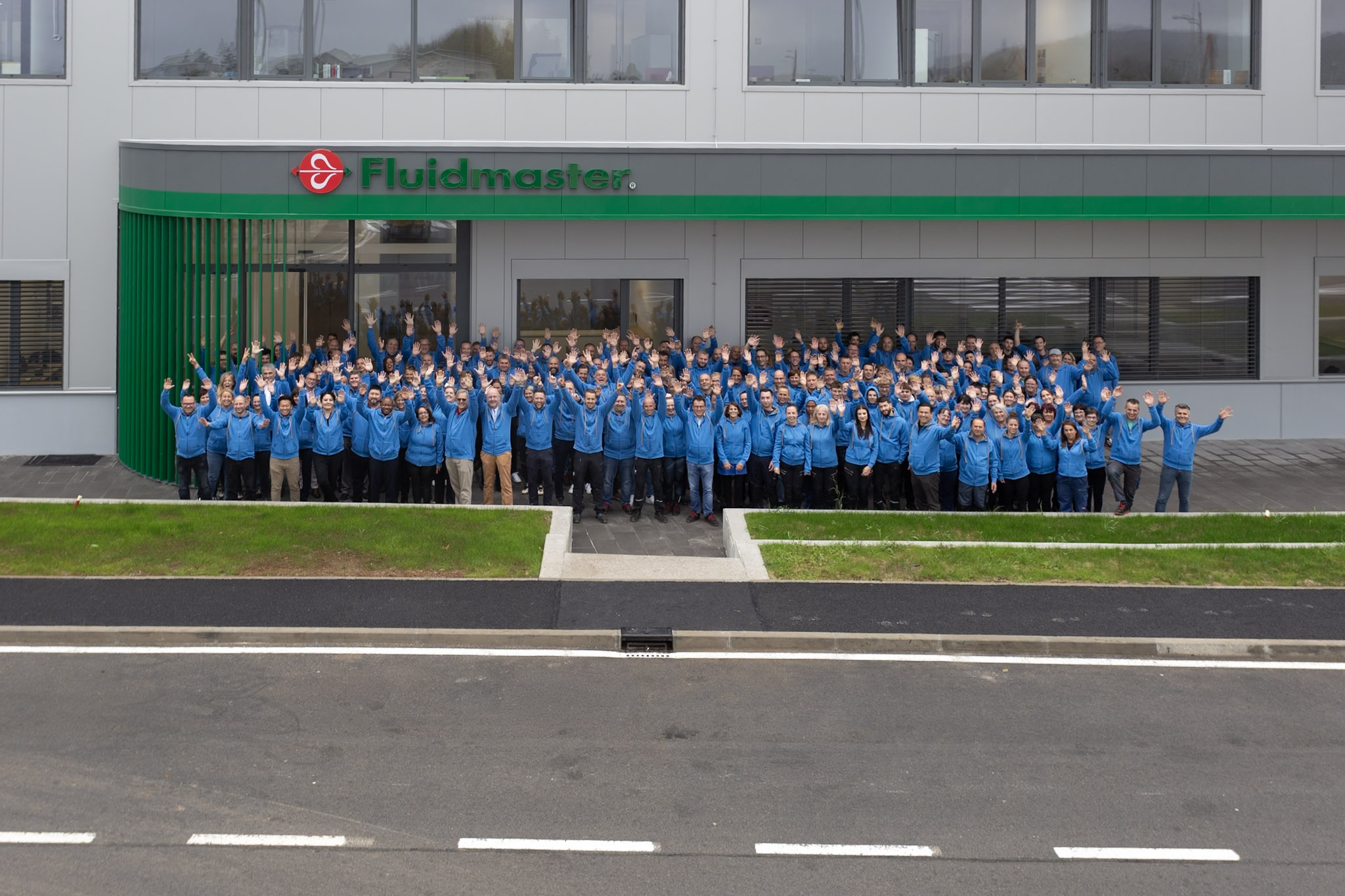
Fluidmaster Open New Facility in Prestranek
On Friday, October 24, 2025, Fluidmaster officially opened its...

How much water do we use every day? What household activities are most water-intensive? What small changes can we make which yield big results when it comes to water saving? In this blog, you will find surprising stats about water use and some fail-safe advice for curbing water use.
According to Water UK, “94% of people underestimate the amount of water they use per day”. In fact research by Water UK suggests that over one fifth of people, “believed their household uses 19 litres or less, which is only enough to flush the toilet twice.”
When it comes to household water use, the average person in the UK uses 142 litres of water per day. This includes all the usual household activities like showering or bathing, flushing the toilet, washing dishes, brushing teeth and doing laundry. It also accounts for watering the garden, jet washing the patio, cleaning the windows, washing the car and more.
The Government’s most recent water use research reveals that, “Water companies provide around 14 billion litres of water a day for public water supply”. And goes on to suggest that this demand is due to increase by four-billion litres per day by 2050.
So exactly where is household consumption being used? And how can we ensure that we are contributing to the much-needed water-saving measures to ensure that future demand does not outstrip supply?
Domestic Water Use: Stats and Facts
The average home uses most of their water (approximately 70%) in the bathroom; showering, bathing, flushing the toilet and brushing teeth.
An average washing machine cycle uses 50 litres of water. A car wash using a hose pipe can use 250 litres of water. And a full bath uses up to 80 litres of water!
Showered in Savings
Research suggests that most people prefer a shower to a bath; and while a typical shower is presumed to use less water than a bath, there are significant discrepancies in the amount of water required depending on the kind of shower set-up.
(figures from CCW website)
This illustrates that a four minute shower can use anywhere between 20 and 52 litres of water. Taking into account that the average bath is roughly 50 litres it’s easy to see how a shower over four minutes may start to use substantially more water than taking a bath.
So, is it possible to use less water when showering? The answer is yes.
Here are some ideas:
Facts about Flushing

Current estimates reveal that between 22 and 30 percent of household water is used by flushing the toilet. Despite the widespread availability of water saving fill and flush technology, there are still many homes with old-style fill and flush valves which consume many more litres of water with every flush.
The advent of dual flush valves and water saving fill valves has made it possible for toilets to maintain excellent performance whilst requiring less water. Using 3 or 6 litres to flush the toilet, rather than 20+ litres per flush used in times gone by.
But for many homeowners, business owners and specifiers there is still a lot of room for improvement with the choice of better performing toilet technology. And of course, failure to maintain equipment can result in costly ‘leaky loo’ situations.
Here are our tips for reducing the amount of water used by your toilet:
Brush Up on Water-Saving Knowledge
A running tap uses approximately six litres of water per minute. Of course most of us will try to switch off the tap when not in use, for instance when brushing our teeth. So to add some context to this information, here are some illustrative figures about how much water could be wasted if a tap was left running during brushing every day.
Two minutes of toothbrushing with a running tap would waste approx. 12 litres of water.
If this were to happen twice a day, over the course of one year, a single person could waste over 8,700 litres of water!
Why do we Need to Save Water?
Of course, water supply resilience is hugely important. Problems with our water supply would cause universal issues, not only for individuals, but also for manufacturing, food production, public services, healthcare, and much more.
The combination of escalating demand coupled with decreasing rainfall (particularly in the summer months) is threatening to cause significant water supply issues across the UK.
In fact, a projected UK shortfall of 200 million litres of water by 2038 was recently highlighted by cross-party think tank Demos, supported by Affinity Water.
To help ensure the future of our water supply, the UK Government has set goals to curb daily water use per person. Current average water use in the UK is 142 litres. The target for 2050 is for average water use to be decreased by 32 litres, to 110 litres per person, per day.
By altering some of our bathroom behaviours, it would certainly be possible to achieve some quick and significant wins when it comes to water saving.
And of course, check out our fill and flush product range to see what kind of savings you could make by upgrading your toilet cistern valves.
